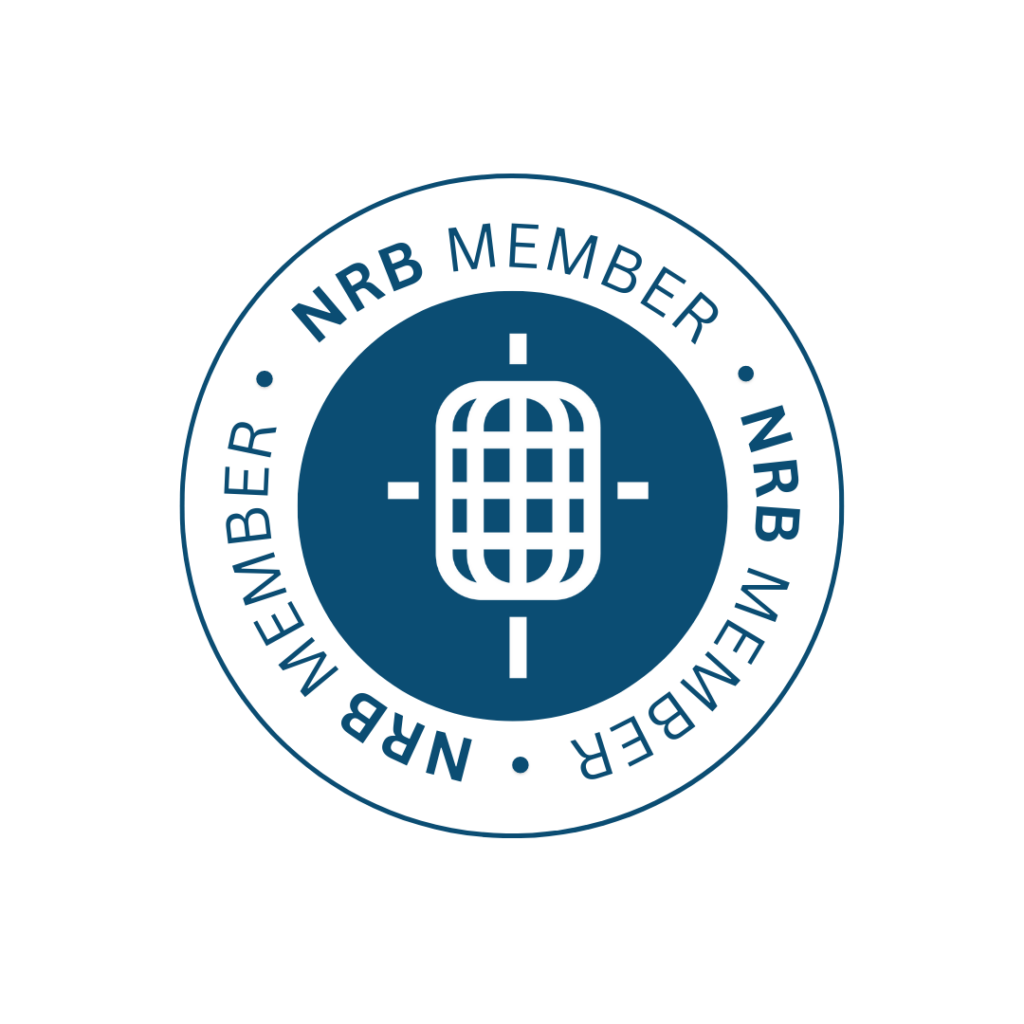Are You Listening to Your Donors?
Who should I communicate with? How often should I communicate with them? What gift amount should I ask them for? These are questions we often hear from organizations and they are valid concerns. The answers to these questions are often easier to find than you would expect.
Whether you are using a data segmentation scoring method based on recency, frequency, and/or monetary amount, or you are using a more complex analysis, it is vital to ensure that you are sending the right communication to the right donor at the right time.
In our experience, donors tell you how they want to be communicated with; you just need to pay attention. Here are some simple ways to do this:
-
Watch and respond to giving patterns.
What are your supporters telling you through their giving history? Should you speak to them more or less frequently? Is there a time of year when they consistently give and therefore are telling you to communicate more with them at this time? Is there a gift amount pattern?
-
Listen with both ears.
Really listen to them. When they reach out to you, sometimes what they are saying is not what they are really asking for. If a supporter calls you to request that you stop communicating with them, take the opportunity to listen to them and engage with them on a deeper level. We often find that people aren’t frustrated by receiving communications from you, but they are irritated by the amount of communications received in a short time period. So, ask some questions before simply removing them from your lists. And make sure to flag their record appropriately.
-
Ensure their requests are honored.
Once you’ve had a conversation with a donor, ensure the result is reflected and marked appropriately in your data. It doesn’t matter which channel of communication you are using—email, social, website, direct mail, telephone, etc.— if you pay attention to these three key considerations, your donor communication program will be greatly enhanced.
Related articles
-

More Than Just Work
As a young Christian professional navigating the conundrum of aligning my beliefs into a purposeful career, I’ve been blessed to…
-

What to Think of Artificial Intelligence and Its Impact on Fundraising . . .
In trying to summon an image to represent our theme for this issue of Donor Focus, I found myself drawn…
-

Fundraising Meets Artificial Intelligence
In this article, we’ll explore the captivating realm of AI-powered fundraising efforts—the boundless benefits and intriguing challenges that arise when…






